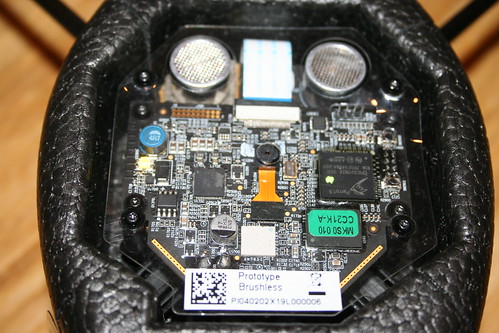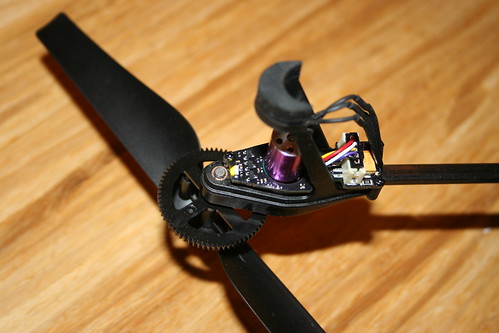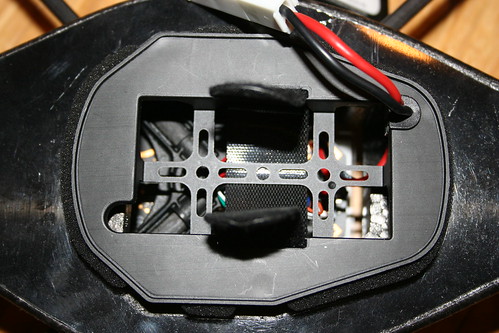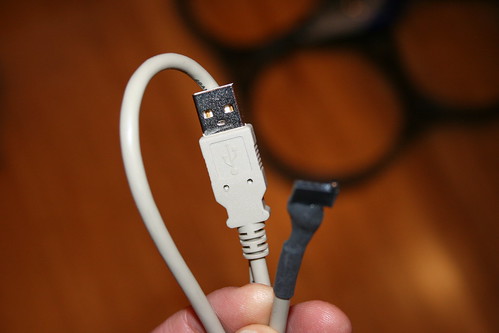All Posts (14056)
Sort by
 This is the main board, with the Arm9 core in custom Parrot DSP silicon, the downward-facing camera for optical flow, the ultrasonic sensor and the WiFi radio.
This is the main board, with the Arm9 core in custom Parrot DSP silicon, the downward-facing camera for optical flow, the ultrasonic sensor and the WiFi radio.
 This is a closeup of one of the brushless motors and ESC (the quad comes in either brushed or brushless models). This ESC runs at 200Hz.
This is a closeup of one of the brushless motors and ESC (the quad comes in either brushed or brushless models). This ESC runs at 200Hz.
 It comes with a 1000mAh LiPo and charger.
It comes with a 1000mAh LiPo and charger.
 You can see the carbon fiber rods through the battery compartment
You can see the carbon fiber rods through the battery compartment
 Green LEDs in the front; red LEDs in the back
Green LEDs in the front; red LEDs in the back
 A USB-to-serial cable for hardware interfacing
A USB-to-serial cable for hardware interfacing

Future:-More tests, outdoor tests...-Add ArduIMU magnetometer to correct yaw drift-Add GPS for position control...-Add Ultrasonic rangefinger for automatic take-off / landing...-Add camera with stabilization...-Find time to all this projects... :-)Here is the code and some notes: Quad1_15.zipSome link to photos: Photo1,Photo2,Photo3,Photo4Jose Julio.

